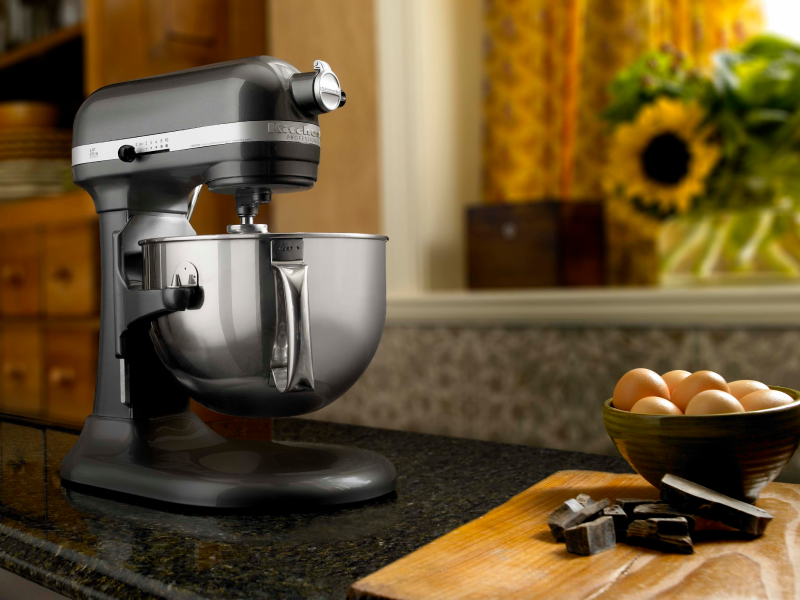Beating eggs might seem like a simple task, but doing it correctly can make a world of difference in your cooking and baking. With a KitchenAid stand mixer, this process becomes effortless and precise. Whether you’re making an airy meringue or just adding eggs to cake batter, knowing how to properly beat eggs with your mixer is key. Here at TheKitchenApplianceDad.com, we’ve crafted a quick guide to help you achieve perfect results every time.
Before you begin, ensure that your KitchenAid stand mixer is clean and ready to use. Attach the bowl securely, and choose the appropriate attachment for beating eggs.

For beating eggs, you have two main options:
Crack the eggs into a separate bowl to ensure there are no shells. Then, pour them into your KitchenAid stand mixer’s bowl.
Place the bowl onto the mixer and attach either the whisk or flat beater, depending on your needs.
Begin mixing on the lowest speed setting (“Stir” or Speed 1) to prevent splashing.
Once the eggs are broken up, gradually increase the speed. For lightly beaten eggs, go up to Speed 2 or 4. For more thoroughly beaten eggs, such as those needed for cake batters, increase to Speed 4 or 6.
Keep an eye on the eggs as they mix. Stop the mixer when you’ve reached the desired consistency. This could be anywhere from frothy to stiff peaks, depending on your recipe.
If you’re working at higher speeds or with a large volume of eggs, use the splash guard attachment to prevent making a mess.
Once finished, lift the beater out of the bowl and let the excess egg drip off before wiping it clean.
If your aim is to whip egg whites to stiff peaks, perhaps for a meringue or soufflé, here are some additional tips:
With these easy steps from TheKitchenApplianceDad.com, you’ll be beating eggs like a pro with your KitchenAid stand mixer in no time. Whether you’re prepping for breakfast or baking a show-stopping dessert, your KitchenAid will help you get it just right. Happy mixing!

